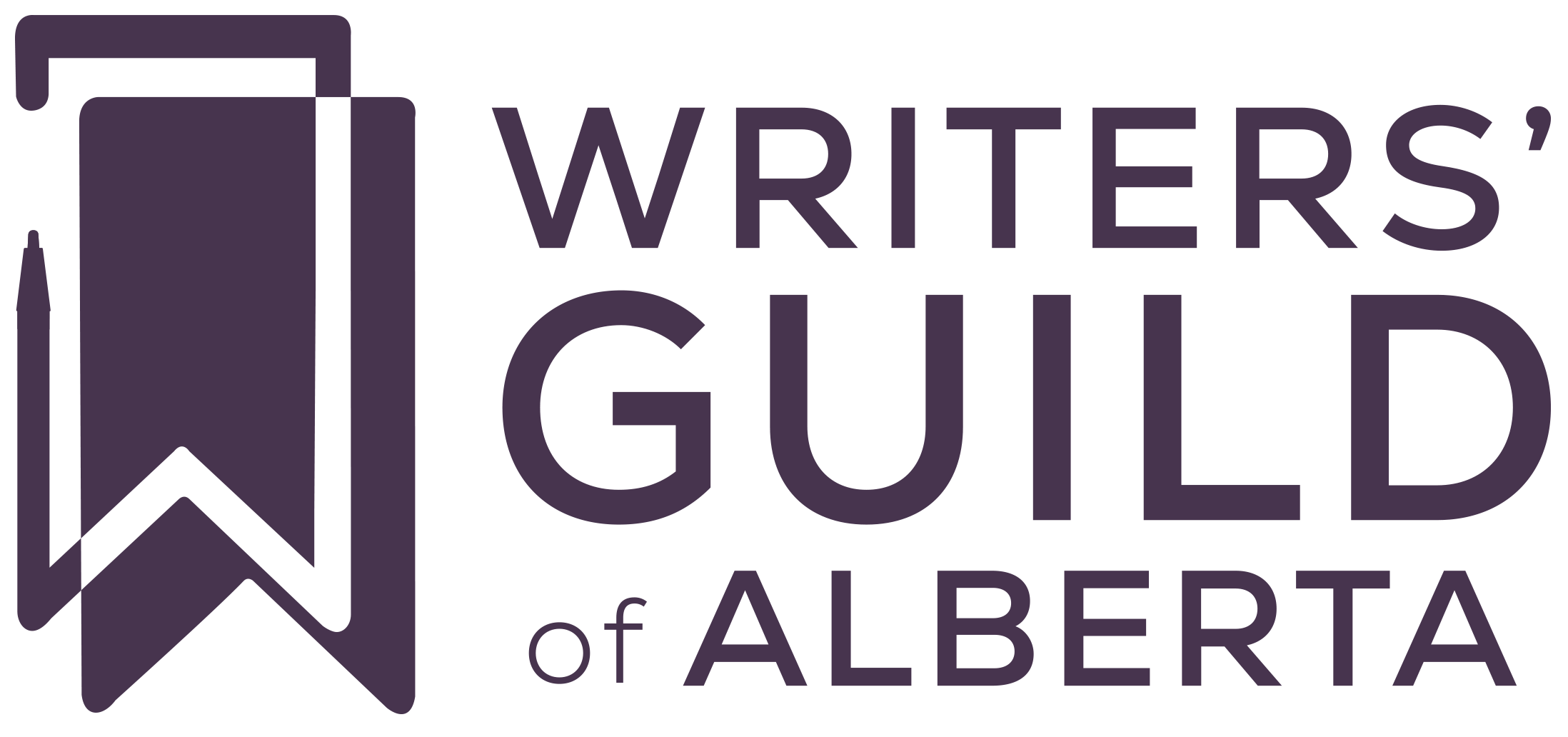Mary Graham is a highly experienced former journalist, but as of recently, she is focusing on writing her own book on filmmaking. Born in Quebec, she eventually fled to New Brunswick amidst the FLQ crisis, and now she currently resides in Calgary. She has multiple degrees such as; a Masters degree in Marine law and Policy, a Bachelor’s degree in Twentieth Century Thought, and a graduate degree in journalism.
One of her most influential works has to do with the lost history of indigenous involvement in the film industry. Leading the film project, she was determined to show the real traditions and beliefs of a specific Indigenous group. She conducted numerous projects with the Stoney Nakoda, in which they were able to recognize and identify their own cultural aspects present in many Hollywood films.
After researching the Stoney Nakoda First Nation Film Project I was interested on how you stumbled upon the lost history of the indigenous involvement in film?
-
The Stoney Nakoda kept appearing in films. In many of the films with the Stoney Nakoda from the last century, their language was often used. I thought this implied respect from the directors, but I could find no material on this anywhere. So, I approached the Stoney Nakoda and began the long process of gaining their trust.
Why did this topic create an interest for you, and why did you pursue it?
-
It went way beyond our racist and cliched perception of indigenous peoples as either noble savage or parasite on our white society. I saw a spark of something I did not understand. I had to question my world view, my religion, and the societal racism in me, which was very challenging.
What importance do you think your project has, regarding the information and knowledge they share with the public about the importance of the accurate representation and importance of indigenous people in film?
-
I think they will be crucial in changing our narrow ideas of indigenous peoples and their capabilities and intelligence.
What do you personally think your writings contribute to the understanding of indigenous roles in films?
-
I think they present a new perspective and demonstrate how professional, talented, and creative our indigenous population is, how they charmed the best filmmakers in the world for over a century. I think people will look beyond the “Indians” they see on screen to understand how competent and self directed they were
What do you think the importance is of the dialogue you were able to create between elders, academics, writers, etc?
-
it brought multi-perspectives to what is often a very cliched perception, and the information exchange created greater understanding. For example how “Indians” were portrayed and costumed in films versus what they are. It drove into the heart of racism and stereotyping that is the prevalent thinking of “Indians,” particularly their portrayal on screen, cracked the noble savage myths and allowed the elders to present a more accurate picture of their culture, one we rarely see because they do not trust us.
The importance of indigenous culture throughout Canada, and the inaccurate representation they receive has always concerned me. Usually when people notice a marginalized culture, they succumb to previously in-stated racist beliefs created by society. Mary Graham witnessed injustice, pushed past previously set stereotypical views, and took the steps necessary to give the Stoney Nakoda the spotlight they deserved. She gave them a chance to tell their story, as well as abolish stereotypes regarding indigenous populations. To me, her work is monumental in its ability to show others the reality of these indigenous cultures.
Click here to see all the member interviews.
